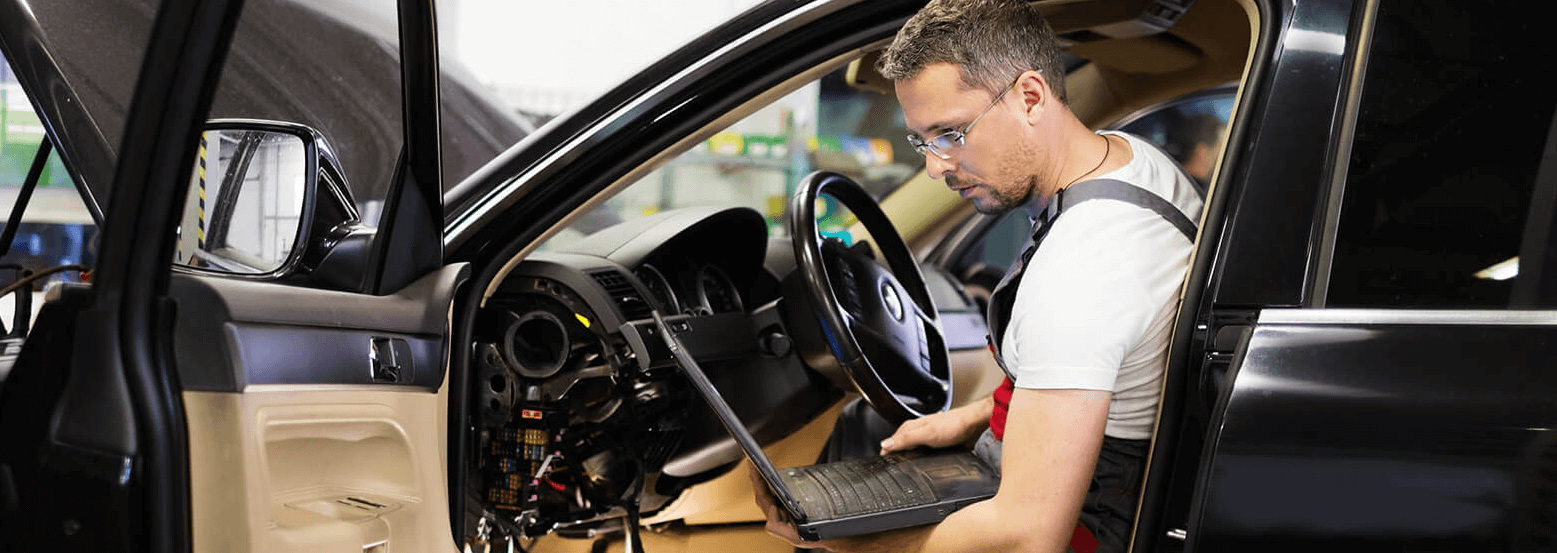Have you ever wondered how your car gets inspected so quickly at certain service stations? Automatic Vehicle Inspection Lanes (AVILs) are revolutionizing the way vehicles are checked for safety and performance. Let’s delve into how these lanes work and compare them to traditional manual inspections.
How Automatic Vehicle Inspection Lanes Work
Automatic Vehicle Inspection Lanes utilize advanced technology to swiftly examine vehicles. As your car drives through the lane, various sensors and cameras scan it from all angles. These sensors check crucial components like tire tread depth, brake functionality, lights, and emissions. The process is quick, efficient, and highly accurate.
Advantages of Automatic Vehicle Inspection Lanes
Speed: AVILs are incredibly fast compared to manual inspections. While a traditional inspection might take considerable time, AVILs can complete the process in a matter of minutes, reducing wait times for drivers.
Accuracy: The automated nature of AVILs ensures consistent and precise results. Human error, which can occur in manual inspections, is minimized, leading to more reliable assessments of a vehicle’s condition.
Safety: By quickly identifying any issues with a vehicle, AVILs contribute to enhancing road safety. Problems such as worn-out brakes or malfunctioning lights are detected promptly, reducing the risk of accidents caused by faulty vehicles.
Convenience: AVILs offer unparalleled convenience for both drivers and inspection centers. Drivers can easily schedule appointments or drive through AVILs at their convenience, eliminating the need for lengthy waits or appointment bookings.
Manual Inspections: The Traditional Approach
Before the advent of AVILs, manual inspections were the norm. These inspections require trained technicians to visually inspect various components of the vehicle. While manual inspections are thorough, they are also time-consuming and prone to human error.
Comparing Automatic and Manual Inspections
Time Efficiency: AVILs outshine manual inspections in terms of speed. While manual inspections may take hours, AVILs can complete the process in a fraction of that time, offering unparalleled efficiency.
Accuracy: While manual inspections rely on the expertise of technicians, AVILs employ advanced technology for precise assessments. This technology reduces the margin of error, ensuring more accurate results.
Cost: Initially, setting up AVILs may require a significant investment. However, in the long run, they can prove to be more cost-effective than manual inspections due to increased efficiency and reduced labor costs.
Accessibility: AVILs offer greater accessibility as they can be deployed in various locations, including service stations, highways, and inspection centers. Manual inspections, on the other hand, are typically confined to designated inspection centers.
Conclusion
In conclusion, Automatic Vehicle Inspection Lanes represent a significant advancement in vehicle inspection technology. With their speed, accuracy, and convenience, AVILs offer a superior alternative to traditional manual inspections. While manual inspections have their merits, AVILs are poised to revolutionize the way we ensure the safety and performance of vehicles on our roads. As technology continues to evolve, AVILs will likely become even more sophisticated, further enhancing their efficiency and effectiveness in the future.
FAQs
Are AVILs as thorough as manual inspections?
Yes, AVILs are designed to be just as thorough, if not more so, than manual inspections. They utilize advanced sensors and cameras to thoroughly examine various components of the vehicle, ensuring comprehensive inspections.
How long does it take for a vehicle to go through an AVIL?
The time it takes for a vehicle to pass through an AVIL depends on various factors, including the complexity of the inspection and the speed of the vehicle. However, on average, the process typically takes only a few minutes, making it significantly faster than manual inspections.
Are AVILs only for specific types of vehicles?
AVILs are designed to accommodate a wide range of vehicles, including cars, trucks, and SUVs. They are versatile enough to inspect vehicles of different sizes and configurations, making them suitable for various applications.


